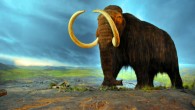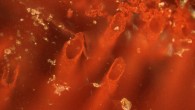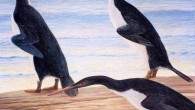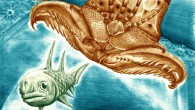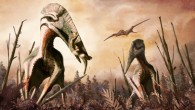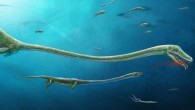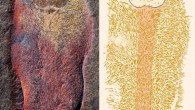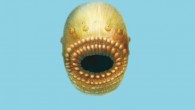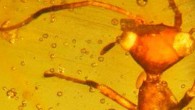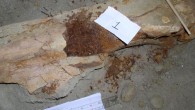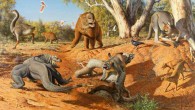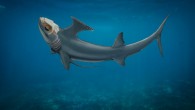New research by Brockport College Professor Judy Massare and University of Manchester paleontologist Dean Lomax confirms that two species of ichthyosaurs — Ichthyosaurus communis and I. intermedius – are actually one and the same species. Ichthyosaurs. Image credit: Julio Lacerda. Ichthyosaurs — predatory marine reptiles that ranged in size from 1 to 69 feet (0.3 – 21 m) long — swam the world’s oceans for millions of years...


